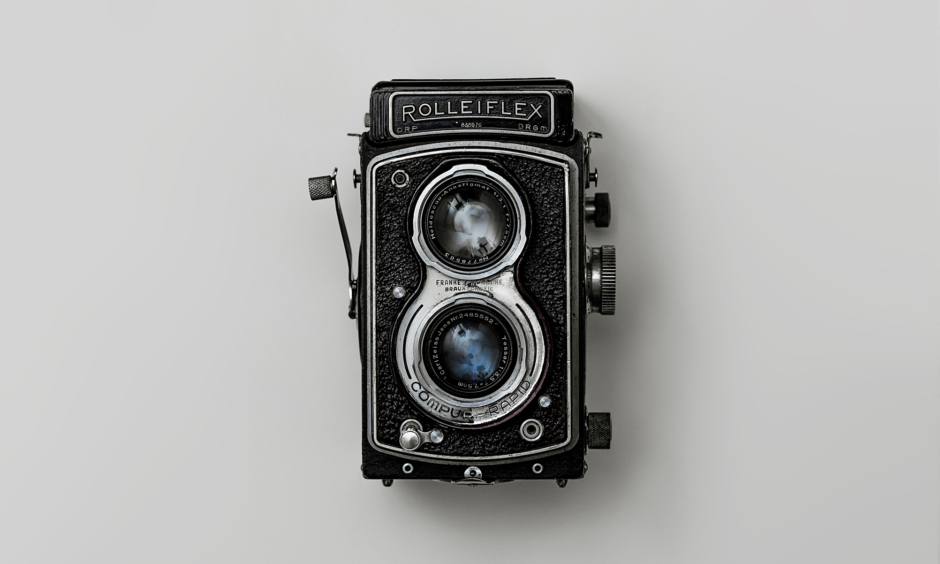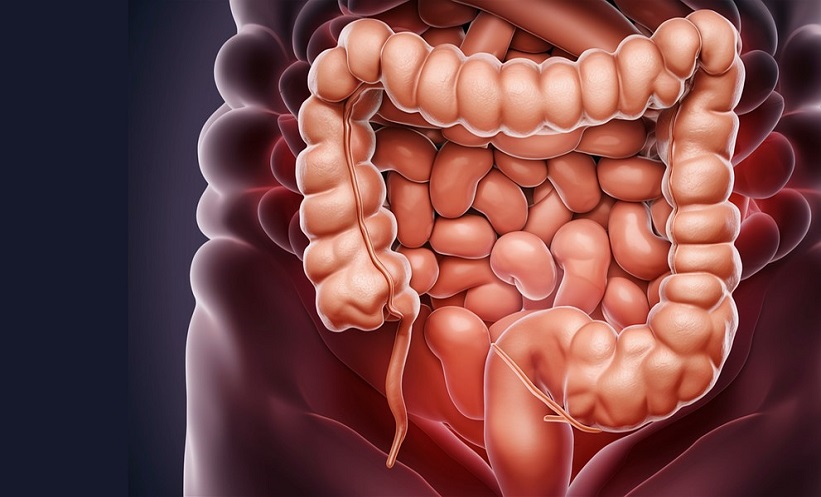DIGITAL twin technology is one of the latest developments in the field of cardiology developed to test the impact of interventions on the specific patient. This technology involves the modelling of a patient’s heart on a computer from a series of imaging scans. The effects of certain drugs, surgeries, and interventions can then be assessed in a virtual test environment, with no risk to the patient.
Currently, these models are created from a combination of patient MRI and CT imaging datasets, which then undergo segmentation to produce a patient-specific 3D model. “You need something to [base] your model on, and that is where the patient’s specific imaging data comes in,” Mark Cartoski explained, a cardiac imaging specialist at Nemours Alfred I. duPont Hospital for Children, Delaware, USA. Additional datasets such as electrocardiograms allow the determination of the physiology of the heart and may allow the use of twin technologies to become more accessible as it is less invasive and less expensive than other types of cardiac scanning.
Using 3D echocardiography would be an appropriate method to obtain the volumetric data needed for segmentation. The use of myocardial strain imaging would allow scientists to appropriately define the anatomy of the heart and its behavioural elements. Cartoski explained further: “It [3D echocardiography] allows for superior definition of complete valve morphology when compared to plane valves motion as in 2D echocardiography.”
Although these imaging techniques have proven to be promising in digital twin technology, some limitations remain. Due to the use of ultrasound waves, these methods have low temporal and spatial resolutions. Scientists involved in the development of this technology have thus pioneered the application of computational fluid dynamics to analyse intraventricular flow of specific regions of the heart.
Before the use of this technology can become accessible, models must be standardised and clinically validated to ensure they are accurate, Cartoski revealed. Current models are also costly and time-consuming, which will need to improve before they can feasibly become widely used. Cartoski continued: “It comes down to clinical validation. These pretty pictures are great, but did this work help anyone? More and more we are seeing this is the case, but the jury is still out.”








